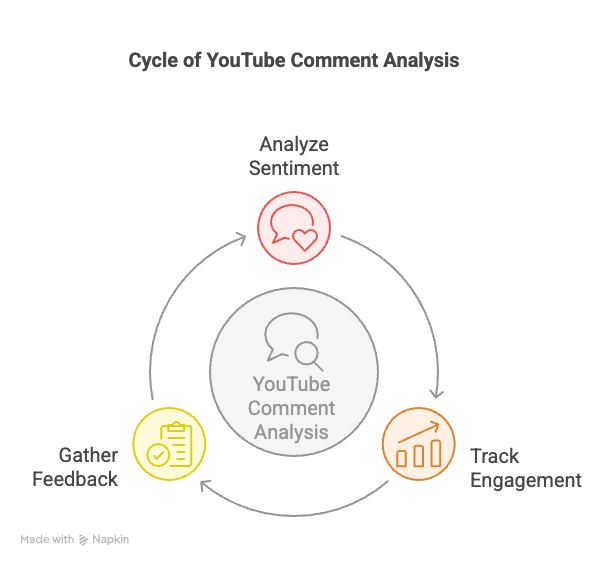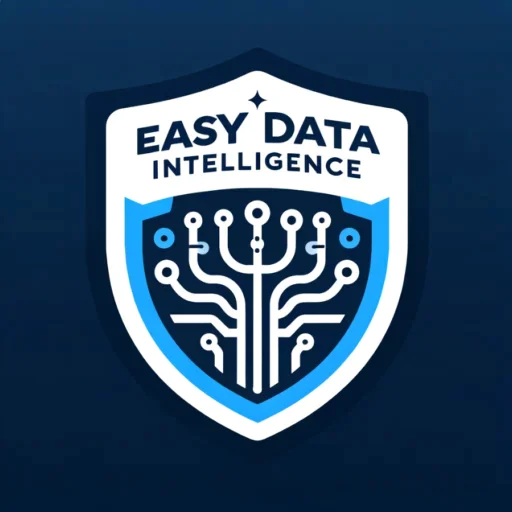Introduction: The Power of Web Scraping YouTube Comments with Python
YouTube comments provide a wealth of data that can be used for various purposes like sentiment analysis, customer feedback, and engagement tracking. Web scraping YouTube comments with Python is a powerful method for automating the extraction of this valuable data. By using Python and its robust libraries, you can easily scrape comments, analyze user feedback, and track trends related to specific videos or channels. In this article, we’ll explore how to effectively scrape YouTube comments using Python, from setting up the necessary tools to handling complex data.
What is Web Scraping YouTube Comments with Python?
Web scraping YouTube comments with Python involves using Python scripts and libraries to extract comments from YouTube videos. This process typically uses Python’s requests library to send HTTP requests to the YouTube server, BeautifulSoup to parse the HTML of the video page, or the YouTube Data API to access data in a more structured manner.
By scraping YouTube comments, businesses, marketers, and researchers can:
- Analyze public sentiment about a video, product, or brand.
- Track engagement metrics and identify popular trends.
- Gather feedback for market research or competitive analysis.
Python, with its powerful libraries, is the most efficient and widely used programming language for web scraping tasks.

How to Web Scrape YouTube Comments with Python
1. Set Up Your Python Environment
Before you begin, make sure you have Python installed on your computer. You will also need to install the necessary libraries:
bashCopypip install google-api-python-client
pip install requests
pip install beautifulsoup4
These libraries allow you to interact with the YouTube Data API, send requests to websites, and parse the HTML content of YouTube video pages.
2. Using the YouTube Data API to Extract Comments
The YouTube Data API is the most structured and reliable way to extract comments from YouTube. Here’s a basic setup to scrape comments from YouTube using the API.
2.1. Create a Google Developer Account and API Key
- Go to the Google Developer Console.
- Create a new project.
- Enable the YouTube Data API v3.
- Create an API key to authenticate your requests.
2.2. Python Script to Extract Comments
Once you have your API key, you can use the following Python code to extract comments for a specific YouTube video:
pythonCopyfrom googleapiclient.discovery import build
# API key from Google Developer Console
api_key = "YOUR_API_KEY"
# YouTube API client
youtube = build("youtube", "v3", developerKey=api_key)
# Function to get comments for a specific video
def get_comments(video_id):
comments = []
request = youtube.commentThreads().list(
part="snippet",
videoId=video_id,
textFormat="plainText"
)
response = request.execute()
for item in response['items']:
comment = item['snippet']['topLevelComment']['snippet']['textDisplay']
comments.append(comment)
return comments
# Call the function and provide the video ID
video_id = "VIDEO_ID" # Replace with the YouTube video ID
comments = get_comments(video_id)
for comment in comments:
print(comment)
This script retrieves the top-level comments of a given YouTube video by its ID. You can easily extend it to include replies or scrape additional pages of comments.
3. Using Selenium and BeautifulSoup for Web Scraping
If you prefer scraping directly from the YouTube webpage instead of using the API, Selenium and BeautifulSoup can help you achieve that. Here’s a basic setup:
3.1. Setting Up Selenium
To scrape YouTube comments using Selenium, you’ll need the Chrome WebDriver:
- Install Selenium and ChromeDriver:
bashCopypip install selenium
- Download the appropriate version of ChromeDriver based on your version of Chrome.
3.2. Python Script for Scraping YouTube Comments with Selenium
pythonCopyfrom selenium import webdriver
from bs4 import BeautifulSoup
import time
# Set up Selenium WebDriver
driver = webdriver.Chrome(executable_path='/path/to/chromedriver') # Replace with your path
# Open the YouTube video
url = "https://www.youtube.com/watch?v=VIDEO_ID" # Replace with the YouTube video URL
driver.get(url)
# Wait for comments to load
time.sleep(5) # Adjust the time if necessary
# Parse the page source with BeautifulSoup
soup = BeautifulSoup(driver.page_source, 'html.parser')
# Extract comments
comments = soup.find_all('yt-formatted-string', {'id': 'content-text'})
# Print the comments
for comment in comments:
print(comment.text)
# Close the WebDriver
driver.quit()
This method simulates a browser session, allowing you to load dynamic content like comments. The BeautifulSoup library is used to extract and process the comments from the HTML page.
4. Handle Pagination and Infinite Scroll
YouTube often loads comments dynamically as you scroll down the page. To scrape all comments, you can simulate scrolling with Selenium to load additional comments. You can also use the YouTube API to handle pagination by using the nextPageToken parameter.
5. Clean and Analyze the Data
Once you’ve scraped the comments, you’ll need to clean and process the data. For example, you may want to remove duplicate comments or analyze sentiment. Python libraries like Pandas and TextBlob can be used for data cleaning and sentiment analysis:
pythonCopyimport pandas as pd
from textblob import TextBlob
# Convert comments to DataFrame for analysis
df = pd.DataFrame(comments, columns=["Comment"])
# Sentiment analysis
df['Sentiment'] = df['Comment'].apply(lambda x: TextBlob(x).sentiment.polarity)
# Display the first few comments with sentiment score
print(df.head())
This allows you to assess the sentiment of comments (positive, negative, or neutral) and gain insights into how users feel about a particular video or topic.
Legal and Ethical Considerations
While scraping YouTube comments is useful, be sure to follow ethical and legal guidelines:
- API Usage: Always use the official YouTube API when possible, as scraping directly from the website may violate YouTube’s terms of service.
- Respect Privacy: Avoid collecting personally identifiable information (PII) from comments and adhere to privacy regulations such as GDPR.
- Rate Limiting: To avoid being blocked, ensure your scraper is not sending excessive requests to YouTube’s servers.

Conclusion: Unlock the Power of YouTube Comments with Python
Web scraping YouTube comments with Python allows businesses, researchers, and developers to automate the process of collecting user feedback, tracking engagement, and analyzing sentiment. By using tools like the YouTube Data API, Selenium, and BeautifulSoup, you can efficiently extract and analyze comments to gain valuable insights into public opinion. Whether you’re tracking video performance, gathering market feedback, or conducting sentiment analysis, Python offers a powerful framework for scraping YouTube comments.
For more information on how Easy Data can help with your web scraping needs, visit EasyData.io.vn.
External Links


Leave a Reply